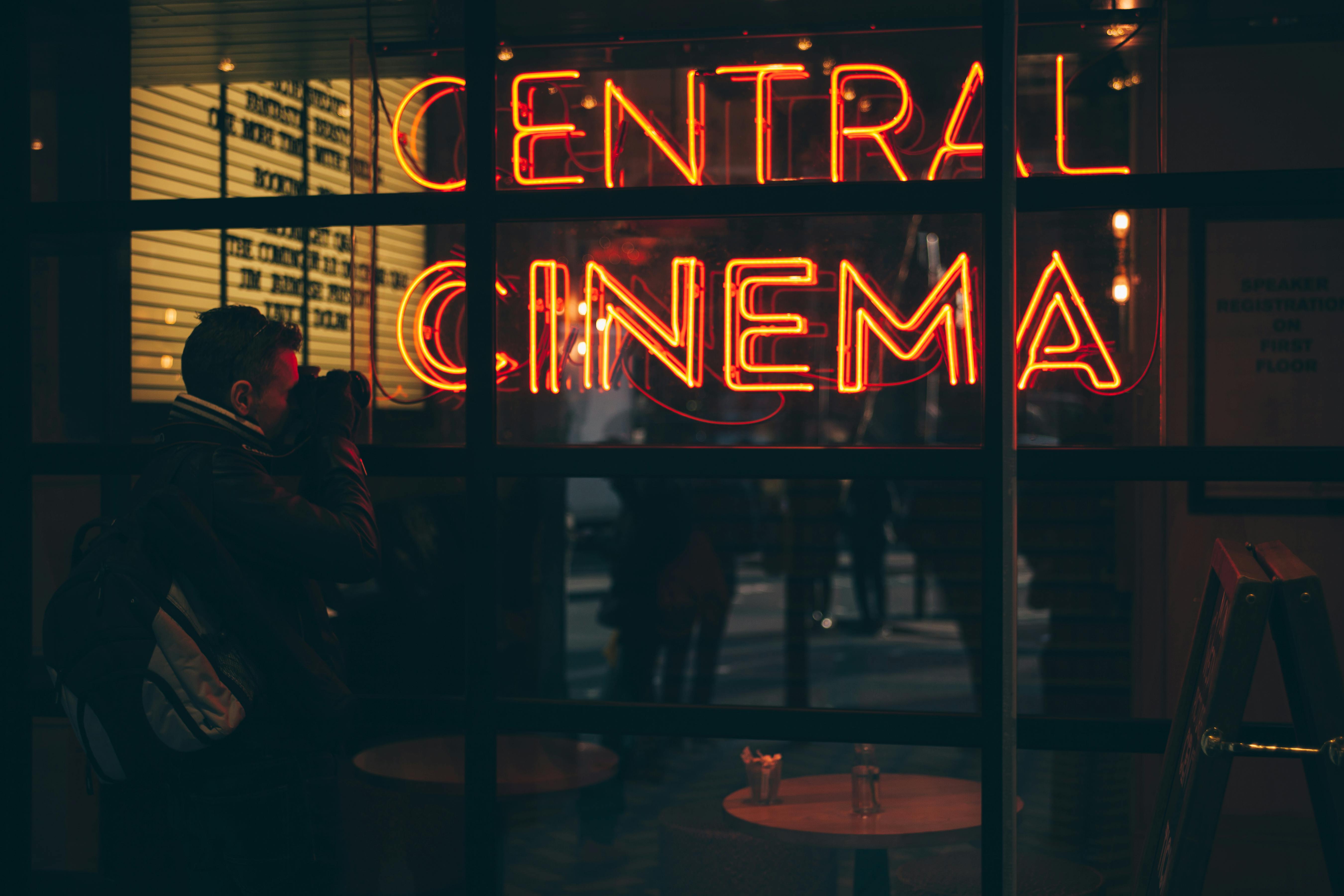In the Light of the Silver Screen: The Resurgence of Film Noir in Contemporary Cinema
Take a step into the intriguing world of shadows and sharp contrasts, where heroes are not always virtuous and villains hold a certain charm. Welcome to the realm of film noir, a classic film genre known for its distinct visual style and complex narratives. Despite its roots in the mid-20th century, film noir is making a surprising comeback in the modern cinematic landscape.

Film Noir: A Walk Down Memory Lane
Film noir, a term coined by French critics, refers to a genre of movies that emerged in the early 1940s and flourished in the post-World War II era. Characterized by low-key lighting, stark contrasts, morally ambiguous characters, and complex plots, these films mirrored the societal disillusionment and cynicism of the time. Classic examples include ‘Double Indemnity’, ‘The Maltese Falcon’, and ‘Touch of Evil’.
The New Noir: A Modern Twist
Fast forward to the 21st century, and the spirit of film noir is experiencing a resurgence. Modern filmmakers are embracing the style, not as a mere homage, but as a tool to explore contemporary themes and issues. Recent films like ‘Drive’, ‘Nightcrawler’, and the ‘Sin City’ franchise have all borrowed heavily from the noir aesthetic, proving that this genre is still very much alive and relevant.
The Impact of Neo-Noir
This rebirth of film noir, often termed as neo-noir, is not just a stylistic choice. It offers a fresh lens to view and critique modern society, much like its classic counterpart did in the 1940s and ’50s. By using the noir framework, filmmakers can delve into the darker aspects of our world, addressing themes like moral ambiguity, corruption, and the blurred lines between good and evil.
The Reception of Neo-Noir
The reception of these new noir films has been overwhelmingly positive, with many receiving critical acclaim and commercial success. Critics have praised the genre’s ability to adapt and evolve, while audiences have shown a keen interest in these complex, morally grey narratives. This modern noir movement, although rooted in the past, has managed to carve out a unique space in today’s cinematic scene.
Conclusion
The resurgence of film noir in contemporary cinema is a testament to the genre’s enduring appeal and adaptability. By blending the old with the new, filmmakers are creating powerful narratives that resonate with modern audiences. As we move further into the 21st century, it will be fascinating to watch this neo-noir movement unfold, and see where this journey into the shadows takes us next.




